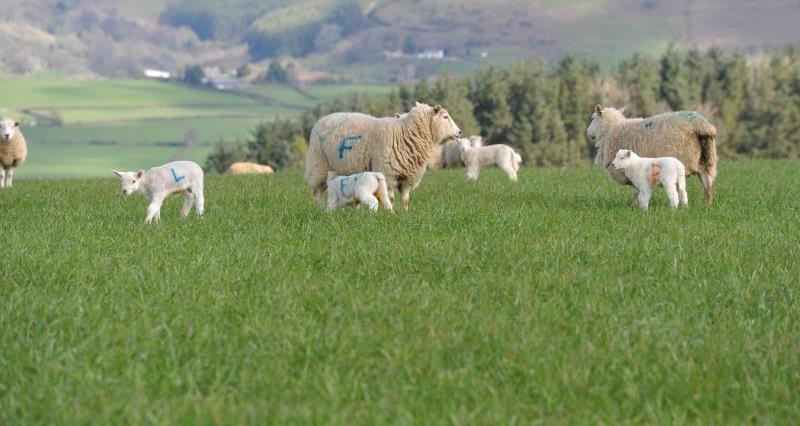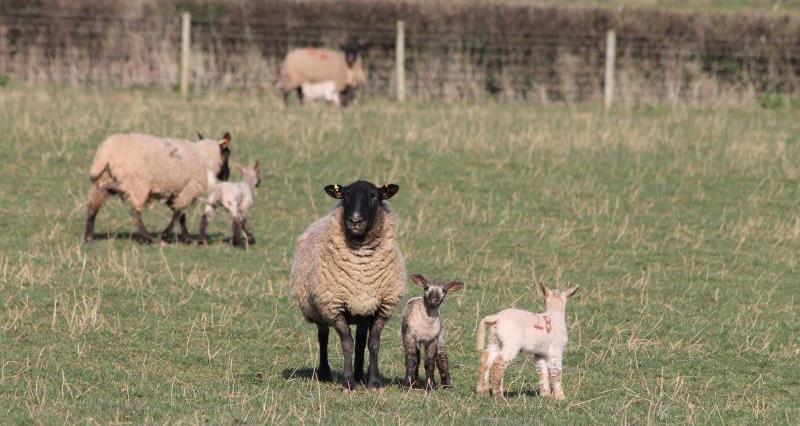The interactive SCOPS Nematodirus Forecast map shows South and East England, plus most other lower lying areas of England, are at moderate risk – which means they are within 10 days of a hatch.
The map is updated daily using data from 140 weather stations, tracking changes in risk throughout the spring and early summer. It allows farmers and advisers to select their nearest or most representative weather station and access advice on how to relate the predicted risk to a particular farm. Treatment options and possible management actions are also provided, which sheep farmers should use in consultation with their vet or adviser to consider the local risk and when/if to treat lambs.

Lesley Stubbings of SCOPS said:
“The rapid change from the relatively cold weather of March and early April to the forecast for the second half of April means a mass hatch of over-wintered Nematodirus larvae is highly likely in some areas. This poses a serious danger to February and March-born lambs grazing fields that carried lambs last spring.
“With such a challenging season to date, we are urging sheep farmers to check their nearest weather station on the website and assess the risk to their lambs, because reports of early cases highlight the variation in hatch date from farm to farm.”
Dr Hannah Vineer, who was instrumental in developing the online forecast, said:
“In deciding whether or not they need to act, farmers need to take into account that there will be variation from farm to farm and even field to field. Not only should they assess the risk to a group of lambs based on the history of the field but also its aspect and altitude.
"South-facing fields tend to have an earlier hatch and, as a guide, every 100m increase in altitude will delay hatching by about seven days. So, for example, if the nearest weather station on the interactive map is at 200m above sea level and the farm is 100m above sea level, hatching could be around seven days earlier than our forecast.”
Professor Eric Morgan, a colleague of Dr Vineer’s at Bristol University, said:
“As soon as a local weather station displays amber, farmers should follow the instructions provided to decide what this means for their particular farm and prepare to take action.”
Herefordshire vet Harriet Fuller said:
“I have seen evidence of infection on several farms this week and I would urge sheep farmers to keep a close eye on the forecast for their area and talk to their vet for advice on the local situation.”
Check the interactive SCOPS Nematodirus Forecast map
Read more...
